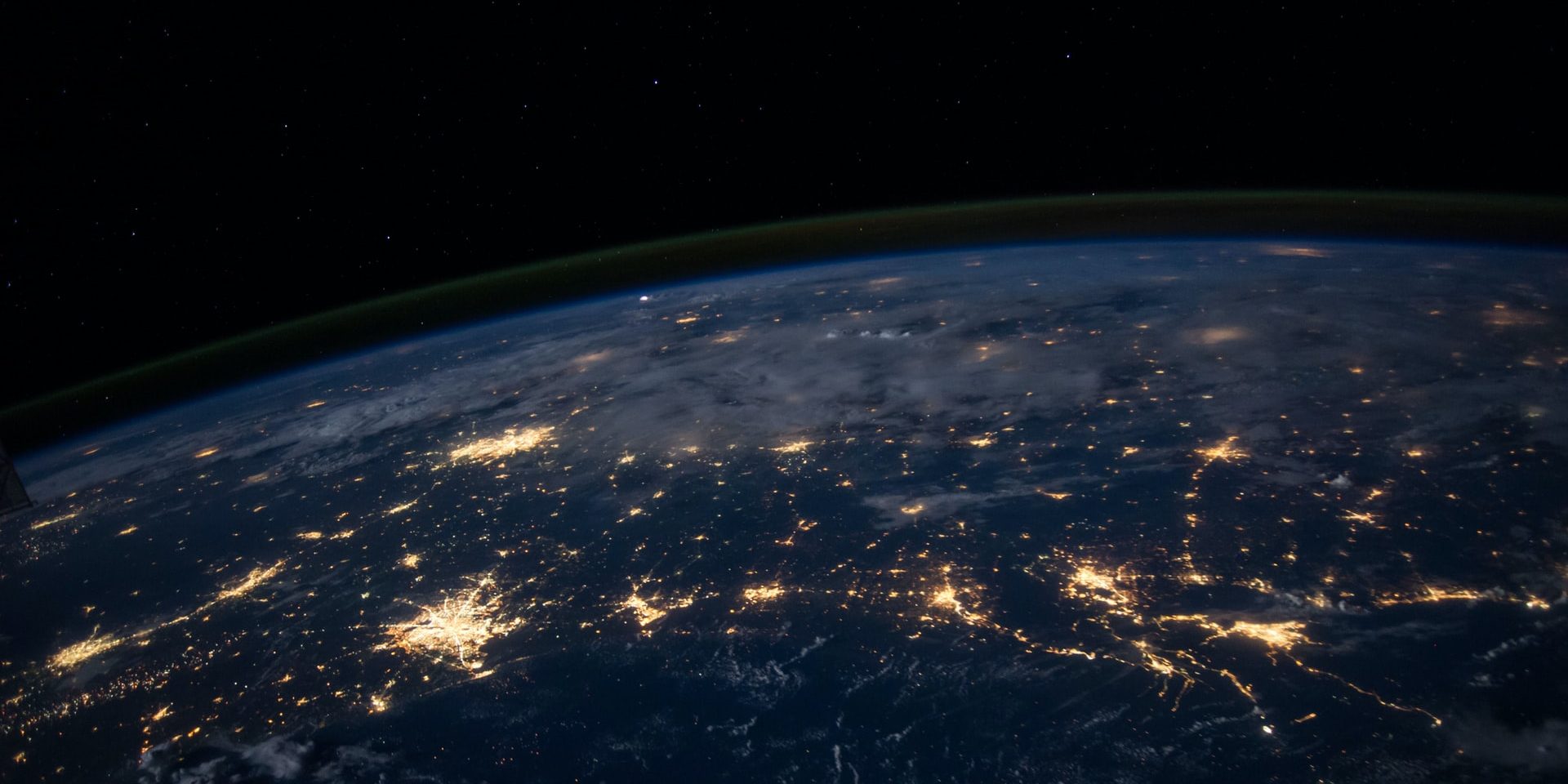
The importance of basic physical processes in the atmosphere changes fundamentally in the upper mesosphere/lower thermosphere (UMLT, appr. 80 to 130 km) primarily due to the reduction of gas density being orders of magnitude smaller compared to the troposphere. For example, molecules are no longer in thermodynamic equilibrium with radiation, and mixing ratios of inert species change with height. Furthermore, gravity waves being generated in the troposphere achieve large amplitudes in the UMLT, get instable and produce turbulence. This in turn causes a modification of the general circulation which leads to a substantial cooling (heating) in the summer (winter) mesosphere. The summer mesopause (appr. 90 km) at polar latitudes is special in many ways. It is the coldest place in the Earth’s atmosphere (appr. 130 K), nearly 100 K colder compared to the radiatively controlled state (despite permanent sunshine) which is a consequence of the ‘residual circulation’ introduced above.
This region is very sensitive to dynamical forcing, in particular due to gravity waves and tides, and can therefore be used to test physical descriptions. The extremely low temperatures at the summer mesopause lead to ice particles known as noctilucent clouds (NLC) or polar mesosphere clouds (PMC). The same ice particles produce very strong radar echoes (PMSE, polar mesosphere summer echoes). NLC, PMSE, and PMC are studied in detail by lidars, radars, and satellites, respectively, which has clarified some important physical processes involved. Since ice particles are very sensitive to atmospheric temperatures and water vapor, they are proposed to be sensitive indicators for climate change effects in the middle atmosphere (MA). Indeed, large temperature trends (cooling) are observed in the middle atmosphere at mid latitudes, much larger (in sign) compared to the warming in the troposphere.
However, models suggest that the summer mesopause is the only region in the entire Earth’s MA where warming (instead of cooling) should prevail. In the presentation, some basic physical processes leading to the thermal structure of the upper atmosphere and to ice particles are explained including the role of dynamical forcing, solar cycle effects, and trends due to climate change.
The seminar will be recorded and published on the SCOSTEP website.